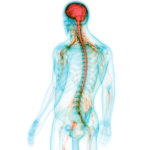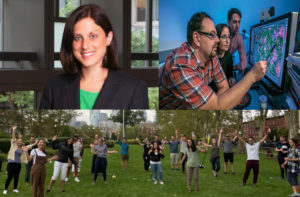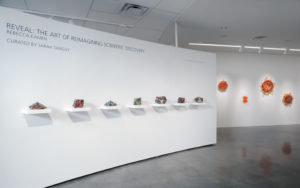by Erica K. Brockmeier

A study published in PLOS Computational Biology describes a new model for how the olfactory system discerns unique odors. Researchers from the University of Pennsylvania found that a simplified, statistics-based model can explain how individual odors can be perceived as more or less similar from others depending on the context. This model provides a starting point for generating new hypotheses and conducting experiments that can help researchers better understand the olfactory system, a complex, crucial part of the brain.
The sense of smell, while crucial for things like taste and hazard avoidance, is not as well studied as other senses. Study co-author Vijay Balasubramanian, a theoretical physicist with an interest in how living systems process information, says that olfaction is a prime example of a complex information-processing system found in nature, as there are far more types of volatile molecules—on the scale of tens or hundreds of thousands—than there are receptor types in the nose to detect them, on the scale of tens to hundreds depending on the species.
“Every molecule can bind to many receptors, and every receptor can bind to many molecules, so you get this combinatorial mishmash, with the nose encoding smells in a way that involves many receptor types to collectively tell you what a smell is,” says Balasubramanian. “And because there are many fewer receptor types than molecular species, you basically have to compress a very high dimensional olfactory space into a much lower dimensional space of neural responses.”
Read the full story in Penn Today.
Vijay Balasubramanian is the Cathy and Marc Lasry Professor in the Department of Physics & Astronomy in the School of Arts & Sciences at the University of Pennsylvania and a member of the Penn Bioengineering Graduate Group.
This research was supported by the Simons Foundation Mathematical Modeling of Living Systems (Grant 400425) and the Swartz Foundation.











